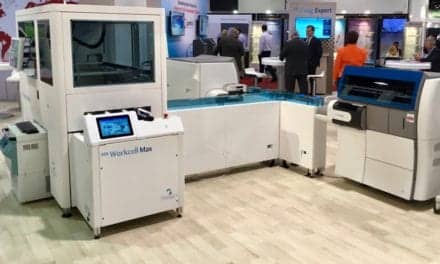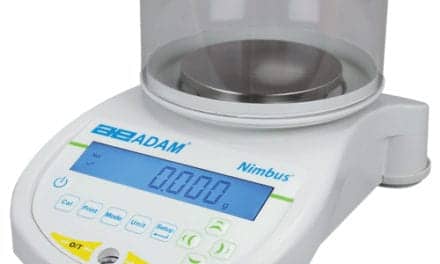Summary
Ensuring precision in clinical laboratory measurements stems from proper balance handling. Addressing common weighing inaccuracies, such as environmental disruptions and calibration drift, this guide offers practical steps for laboratory technicians. By implementing preventative practices and maintaining calibration, lab techs can optimize workflow efficiencies and guarantee accurate results.
Key Takeaways
- Environmental factors like drafts and vibrations can significantly affect weighing accuracy.
- Calibration drift is a frequent cause of balance errors in clinical settings.
- Proper sample handling and maintenance can prevent costly errors and inefficiencies.
- Regular calibration and environment control are crucial for reliable measurements.
- Adhering to best practices ensures compliance with relevant regulatory standards.
Precision is the cornerstone of clinical diagnostics, requiring laboratory technicians to minimize weighing errors in clinical lab balances. Accuracy not only influences test outcomes but also ensures compliance with regulatory requirements, making it essential to tackle both common and subtle sources of weighing inaccuracies.
Environmental factors often present the most immediate challenges. Drafts from air conditioning units or open windows can shift a balance’s readings, resulting in erroneous data. Similarly, vibrations caused by nearby equipment or foot traffic in the laboratory can disrupt balance stability. Placing balances away from these disruptions is a simple yet effective measure to enhance accuracy.
Calibration drift represents another challenge. Despite regular calibration schedules, balances can experience drift over time, skewing results. Implementing periodic in-house calibration checks can bridge gaps between professional calibrations, ensuring sustained reliability.
Sample handling also plays a pivotal role. Ensuring cleanliness and consistency in how samples are introduced to the balance can prevent residue buildup or static interference. Using anti-static tools and cleaning protocols helps mitigate these risks.
Best Practices for Preventative Maintenance and Calibration
Implementing straightforward preventative steps can significantly enhance weighing precision in clinical settings. Firstly, establish a routine cleaning schedule to prevent residue accumulation that might distort measurements. Balances should be wiped down regularly with non-abrasive cleaning agents.
Additionally, adopting a regular calibration routine is imperative. Many labs utilize external calibration services; however, equipping technicians with fundamental calibration skills can aid in immediate corrections between service visits. Training staff to recognize the signs of calibration drift helps maintain data integrity.
Consider the balance’s location within the lab. Positioning balances on sturdy, vibration-resistant tables away from busy corridors or direct airflow can mitigate environmental disruptions. Integrating anti-vibration pads further secures the balance’s optimal performance.
Recent advancements in balance technology also offer automated correction features, catering to environmental factors and calibration drifts. Staying updated on such innovations in balance technology can help labs adopt these advancements where applicable, potentially enhancing both accuracy and workflow efficiency without major disruptions.
Understanding and implementing these strategies not only refines measurement accuracy but also aligns with regulatory standards, safeguarding your lab from compliance pitfalls. In an era where precision is paramount, taking these proactive steps ensures that accuracy starts at the balance, setting a keystone for reliable diagnostics processes.





